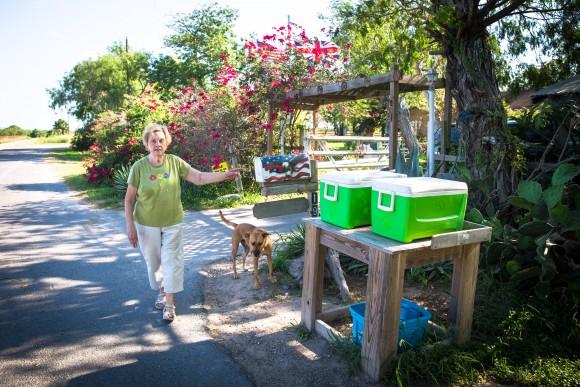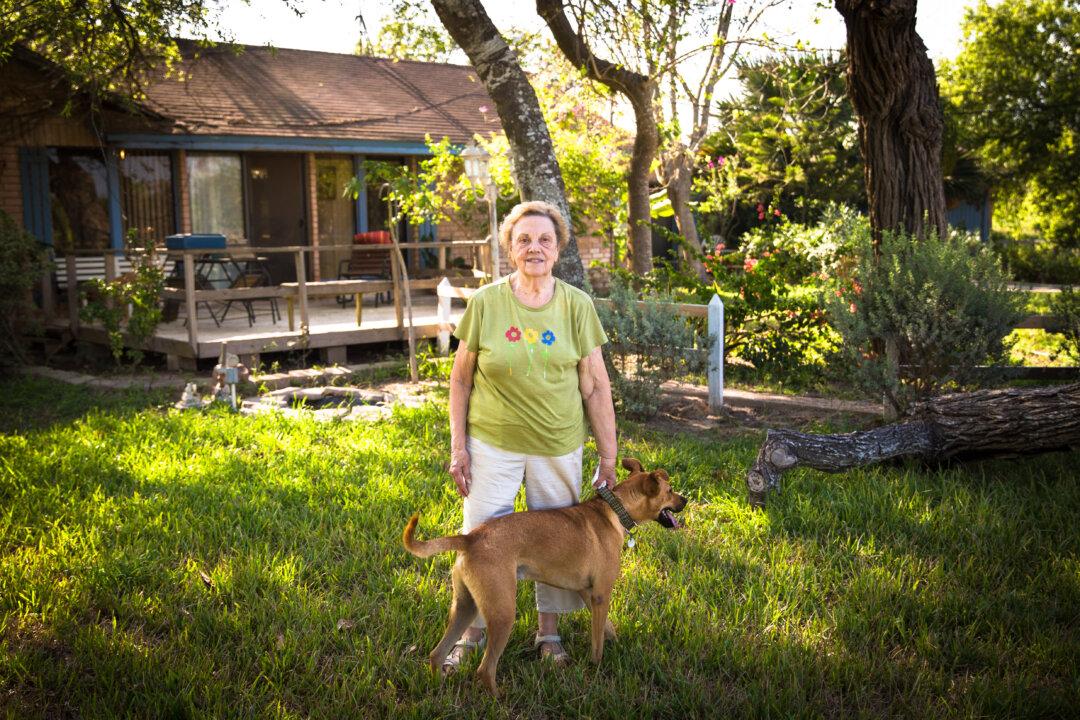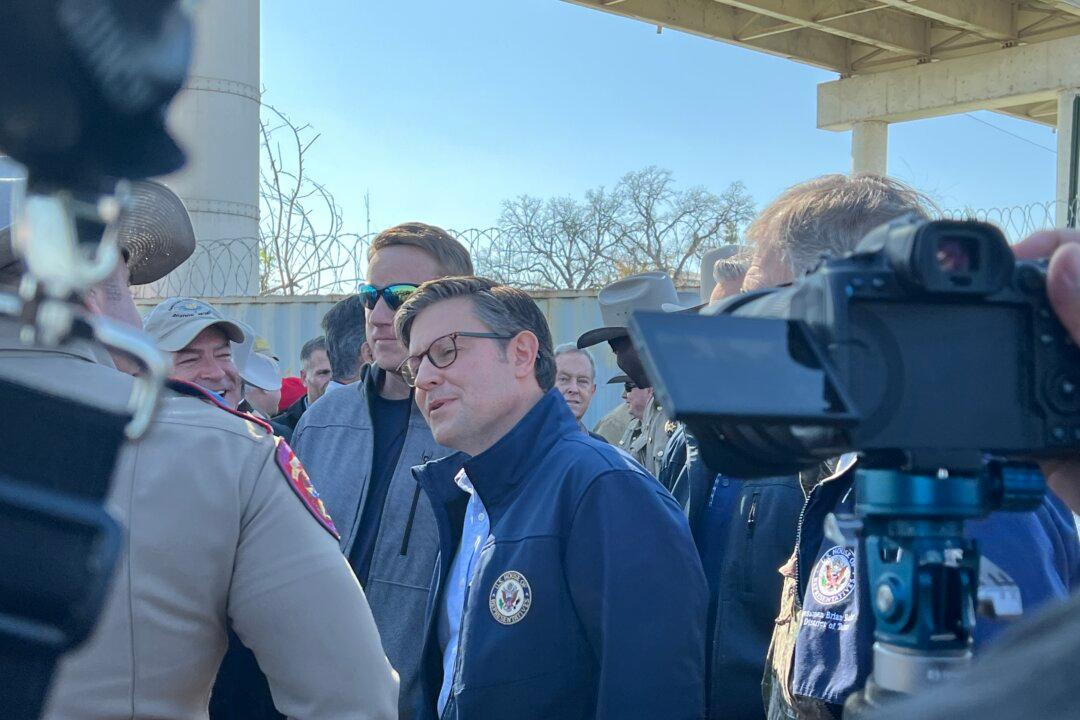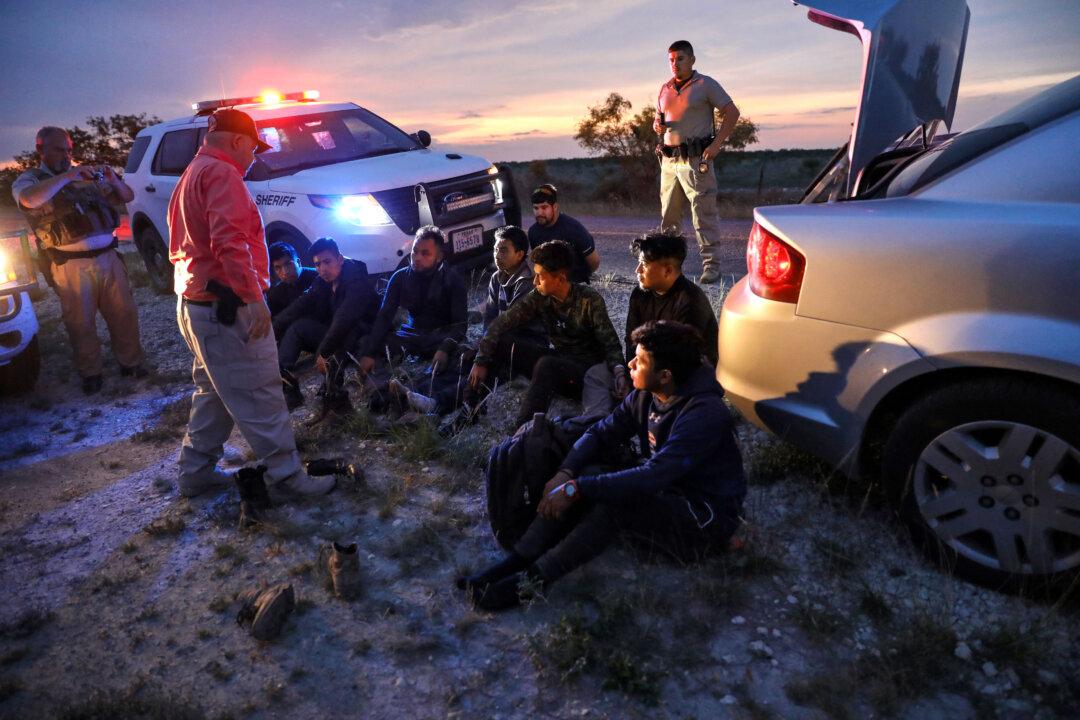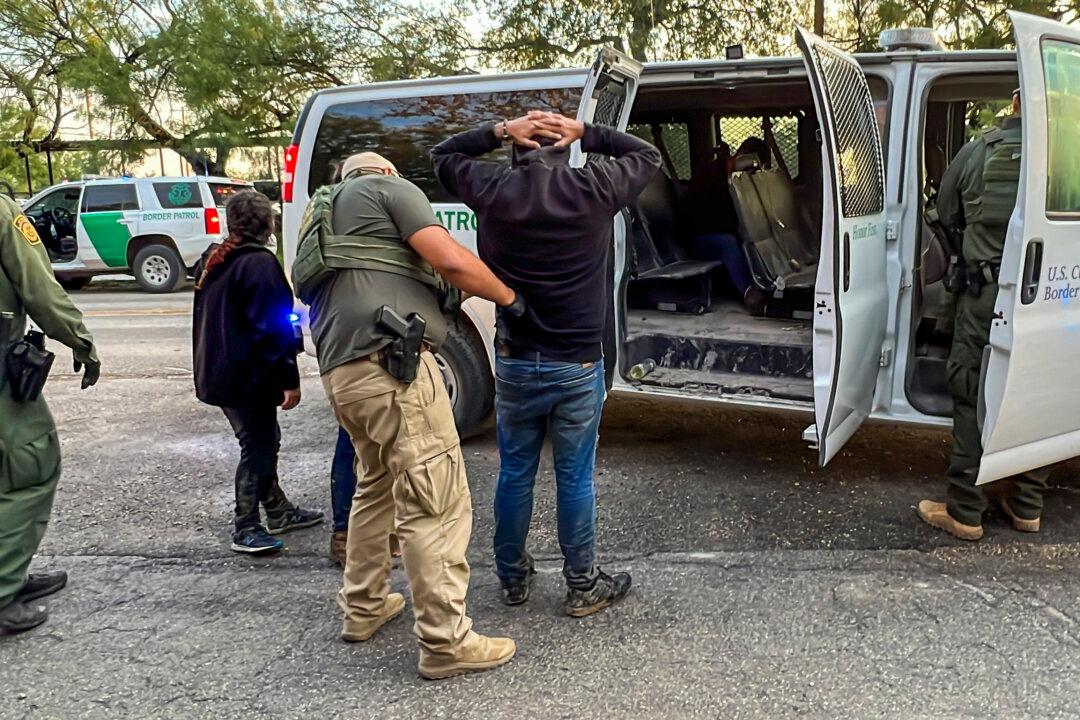McALLEN, Texas—Stepping out of the air-conditioned car is like facing the blast of a thousand fan heaters. The trickling sweat—like an overflow valve—can somehow reassure that you’re not going to spontaneously combust.
This is summer in the Rio Grande Valley, Texas, where the winding Rio Grande doubles as the border between the United States and Mexico.
That’s why the first thing illegal immigrants ask for, when they come across the river and through residents’ properties, is water.
Pamela Taylor takes things a step further and every day leaves a cooler with cans of soda and ice by her mailbox—for illegal immigrants, Border Patrol, or anyone who is thirsty, she says.
Taylor, an 89-year-old immigrant from the United Kingdom, has lived on her Brownsville property since 1946. Her house sits on 2 acres, nestled in a horseshoe bend of the Rio Grande. Illegal immigrants have to cross her property before they can get to the border fence, another 1,000 feet inland, across some fields.
